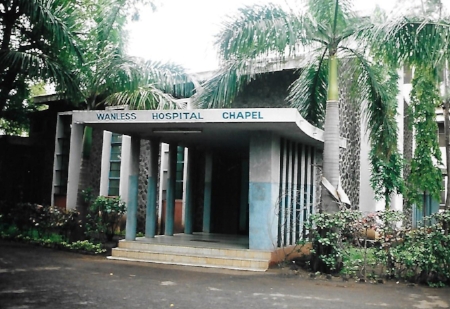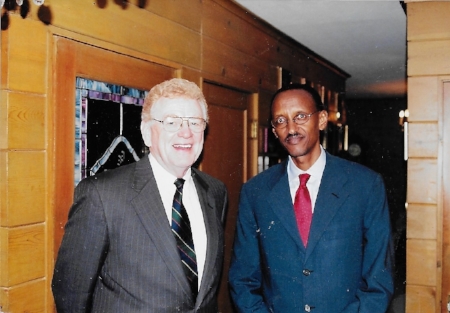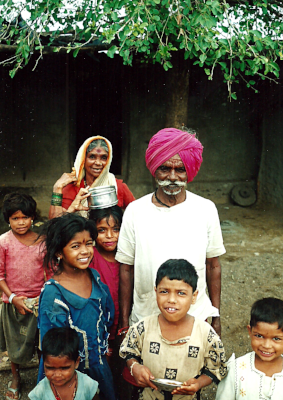As a culture, we have opted to believe that the wealth of an individual can be measured by how much stuff he or she has accumulated and can put on display. Accumulation of icon items surely proves beyond a doubt that we have prevailed in the race to riches and are obnoxiously successful, doesn’t it? If we possess stuff we are considered wealthy; therefore, we are to be considered valuable people in society.
As an economist, I want to soothe your soul and give some consolation. That prevailing presumption always has been and always will be this world’s belief. Little consideration has been given throughout history to the simple fact that the idea is an unfounded lie. Portugal and Spain raced to the New World in the sixteenth century, stole enormous amounts of gold, and took it back home. About the only thing they accomplished was to force the prices in their respective countries up by 200 percent while believing the false notion that having more money in their society would make them wealthy.
In 1917, the Bolsheviks in Russia believed that if they could just get their hands on the golden egg held by the czars, they could divvy up the riches amongst themselves and live happily ever after. When they ran out of the czars’ assets, they had to expand into Central Asia and rape and pillage the people there. They had bought into an untrue myth. It doesn’t really make any difference how big a pile of stuff you accumulate or how much diversity is included in the pile, wealth is not stuff. You consume stuff. It deteriorates, depreciates, and ultimately disappears. And everyone else, especially the government, wants to take it away from you because they too believe the pile is wealth.
So, what is wealth? Wealth is production. Wealth is the opportunity to participate in enterprise. Wealth is the phenomenon that converts resources into sustainable enterprise and additional production. Cultures that allow and encourage enterprise are wealthy. Cultures that do not allow and encourage enterprise are poor! The result of successful enterprise and production is stuff, not the other way around. Cultures that do not understand the difference and greedily go after the pile of stuff and the golden egg, end up in revolution or bankruptcy, killing enterprise and production in the process.
History is disgustingly full of examples of consequences where cultures mistakenly went after the acquisition of the golden egg at the expense of enterprise and production. With my own eyes I watched the tragedy of Rhodesia/Zimbabwe unfold as I traveled there over a thirty-year period. One of my first economic consulting assignments was to Robert Mugabe’s “new Zimbabwe.” Under enterprise and production, Rhodesia had become the breadbasket of Africa. Beautiful, well-run farms with concrete irrigation ditches, modern equipment, and up-to-date technology produced abundant crops to feed the entire country with tons left over for export.
It was simply too fine an egg to go unstolen. The tragic misunderstanding was that if there were some way to grab the pile of stuff, the wealth would be miraculously transferred to the politicians in charge of the transfer. Not so. There was total disregard for the economics of enterprise and production. In subsequent years when I returned to Zimbabwe, my heart would ache while driving the roads outside Harare, Chitungwiza, and Bulawayo. The houses had been stripped of valuable items. In the fields were broken pieces of farm equipment, and the silos stood empty of crops. Farm prices were manipulated by government, and people were going hungry.
A decree went out to the last of the hold-out farmers that they were to surrender their farms to the “people” of Zimbabwe and leave the country by August 8, 2002. I arrived in Harare on Wednesday, August 7. I could not have visited Zimbabwe at a more potentially explosive time. One of my acquaintances from a previous trip had refused to leave his farm. An ambush had been set for him. He was tied to a tree, beaten, and shot fourteen times. The murderous villagers then left the dead farmer in the road, where his dog faithfully laid by his side for three days until some of the other farmers found him.
Another farmer, whom I had met at a church in Harare on an earlier trip, was visited in person by a high-ranking official in the government. He had been told, “I know you love this farm. It has been in your family for three generations, so let’s solve this problem in the easiest way: (1) You deed all your farm, livestock, and equipment to me personally, and I will keep it out of the hands of the hostile masses; (2) then you stay on and run the farm for me, as you now are, and you will not get hurt. That’s a wonderful solution for everyone.”
On August 9 the media reported that there were approximately two thousand farmers still on their farms. By midnight another six hundred had left. Because greed had trumped sane economics, the robbers presumed that the farms would simply run themselves, and the pile of stuff would always be there. In their rush to grab the golden egg, they had sadly stepped on the neck of the goose that had been laying the golden eggs. They only saw the golden eggs and wanted the pile of stuff for themselves. But the stuff vanished. They had killed the phenomenon of enterprise, and as production stopped, wealth disappeared. The food to feed Zimbabwe had come off those farms, and the people who were once employed by enterprise were jobless.
There’s a very high price to pay when the greed of a culture violates basic economic principles. But there is one economic principle about which we need not get confused: Wealth is not stuff





















